Bryte smart bed adjusts throughout the night to help users stay asleep
Tech startup Bryte has designed a robotic bed that can automatically adjust the temperature, customise support for different parts of the body and even rock a person to sleep.
The Bryte Bed is said to be the world's first to sense the body's weight distribution and temperature and adjust its settings throughout the night in response.
It is designed to create the small changes that might make a critical difference to whether a person falls asleep and stays asleep on any given night.
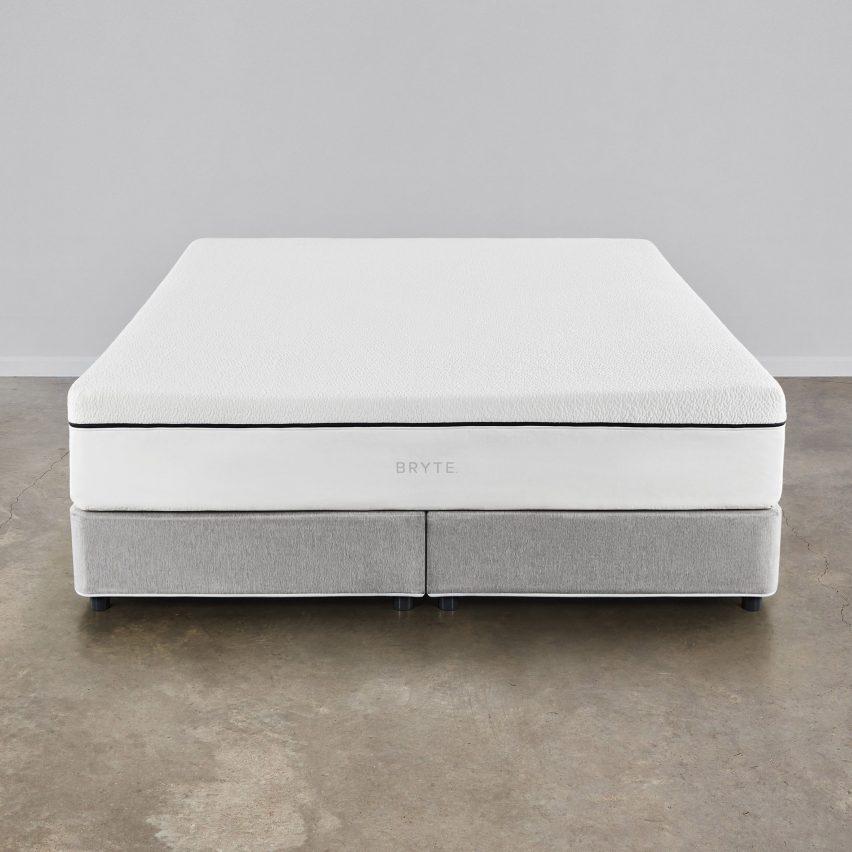
In terms of temperature, Bryte's lead sleep science advisor, Matt Walker, points to research that shows that dropping a person's core body-temperature by one to two degrees celsius during the first two cycles of sleep can increase their deep sleep by up to 40 per cent.
With the Bryte Bed, it's possible that sleepers won't ever wake up with the need to grab an extra blanket or kick off their socks.
The bed controls their temperature through a thermoelectric cooling and heating system and adjusts support via up to 100 "active coils", arranged in eight zones for one person or 16 for two. Changes are said to happen noiselessly and subtly through pneumatics.
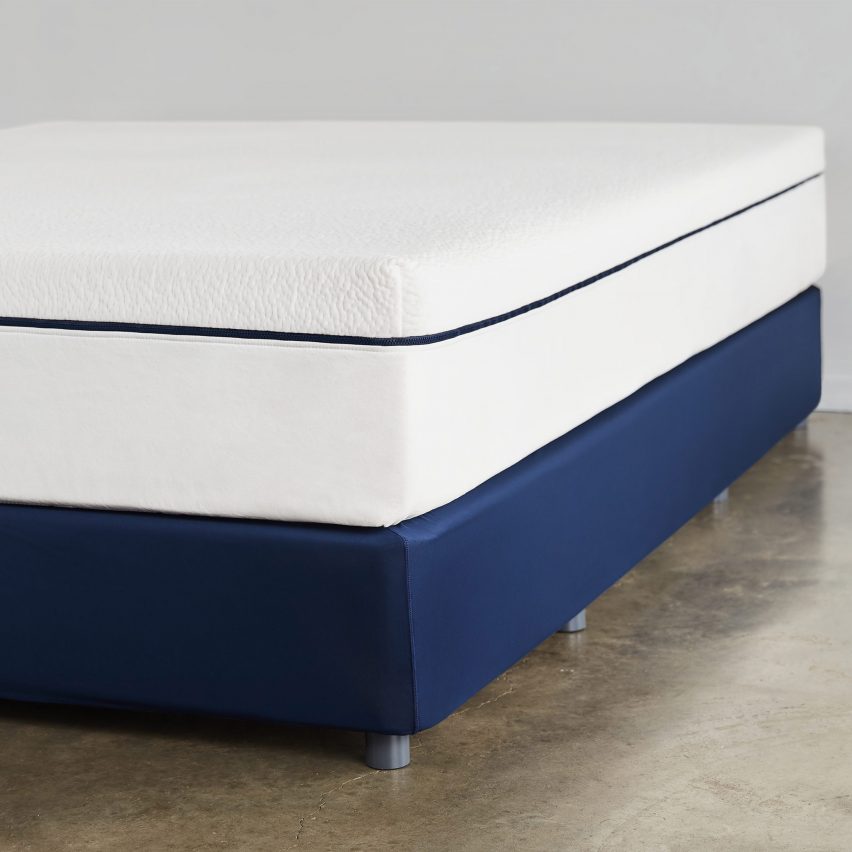
Most of these changes are automatic — the bed contains sensors that pick up on the current state of the body and environment. The data is processed by the bed's central processing unit and its companion intelligent sleep platform, AIDEN, sends instructions to the coils.
Users are also able to set manual preferences, starting with filling out a sleep assessment designed by Walker.
"Every person sleeps differently, and every person's sleep is different night after night," said Bryte co-founder and CEO John Tompane. "The idea that a static mattress would work for every person, every night, is unreasonable."
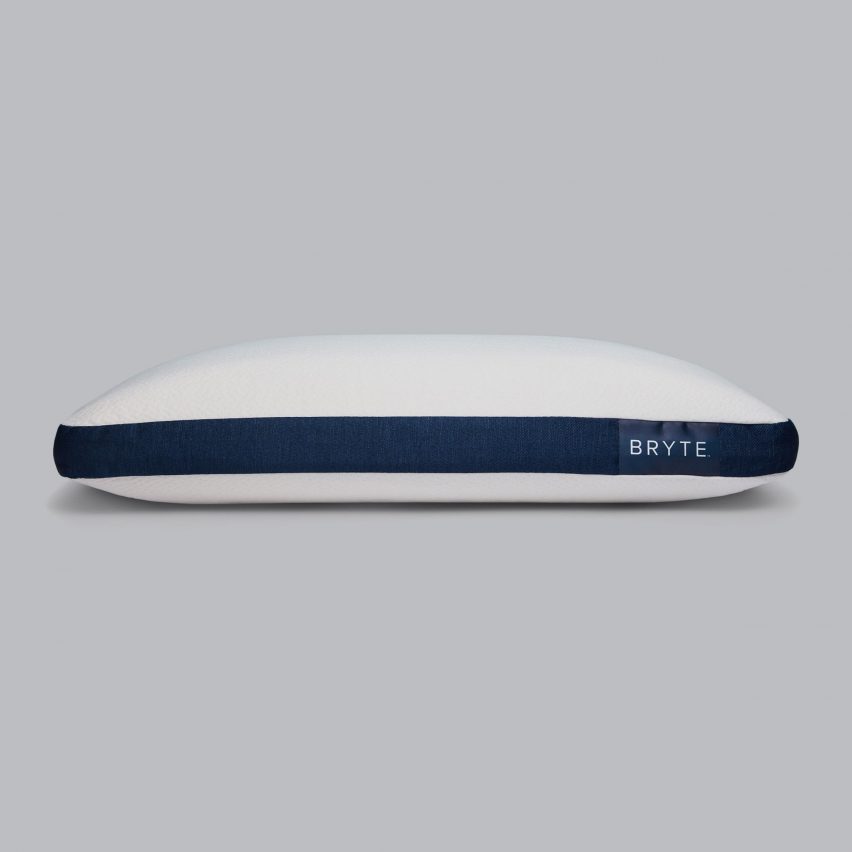
Another benefit of the bed is that users can customise the level of support, specifying more for their shoulders but less for their hips, for instance.
There is even an option to be lulled to sleep by activating a subtle wave motion in the coils.
Users can connect the Bryte Bed to other products for a connected home, such as Hue lighting and the Nest thermostat, to programme an integrated bedtime or morning routine, involving steps such as dimming or raising the lights.
Bryte plans to collect the anonymised data of its users and analyse it for future product developments and software updates.
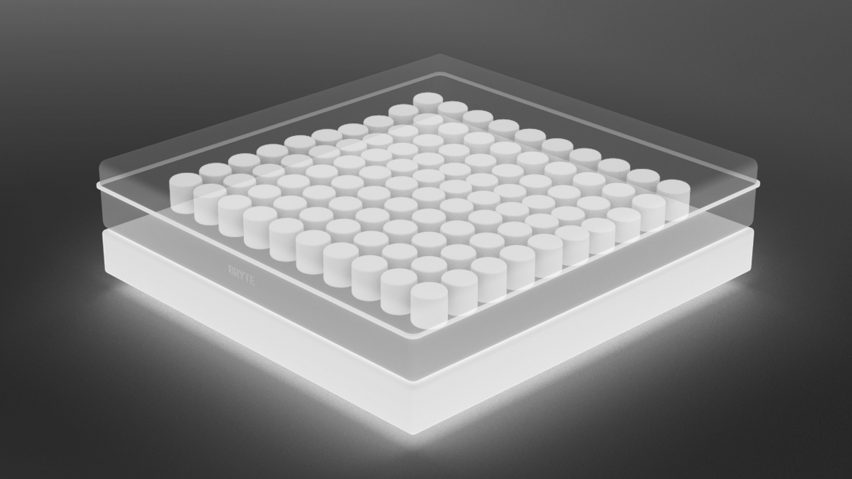
The Bryte Bed comes in queen, king and California king sizes, and can be used with existing bed frames or stand alone with its own base.
It is designed to look like a conventional bed, with no visible gadgetry. Sleepers lie on latex-free luxury hybrid foam with a "natural top-feel" and a Tencel topper.
"It was crucial for us that the Bryte Bed look and feel like a beautiful inviting bed," Tompane told Dezeen. "All of the technology and features needed to be hidden."
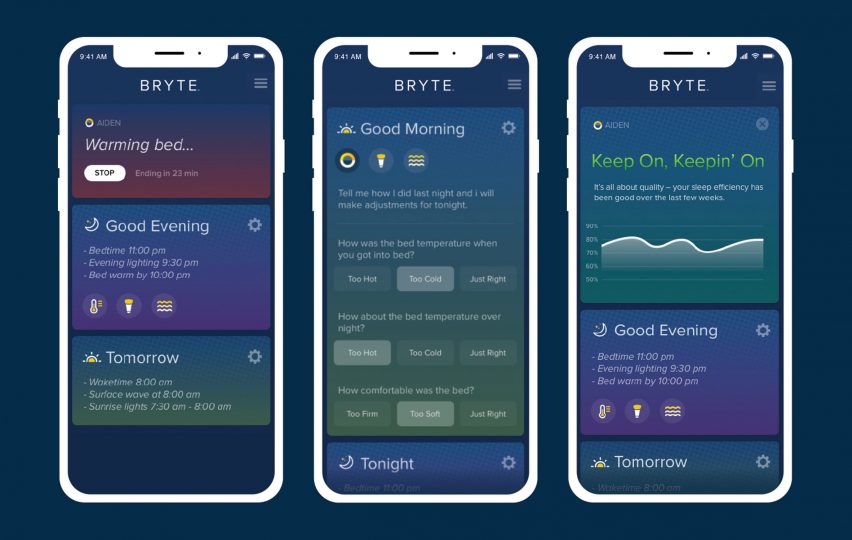
Tompane is an entrepreneur who founded Bryte in 2015 with Ely Tsern and Jonny Farringdon. He was inspired by a conversation with a friend, whose wife went through a number of mattresses in search of something that would help her sleep following a horseback-riding accident.
Designs to aid sleep have emerged as a major product category in the smart home market. Nokia makes an under-mattress Sleep tracker while the Yves Behar-designed Rythm headband combines tracking with soothing sound. Car-maker Ford has also experimented with the smart bed, producing a prototype that keeps people on their side of the mattress.
The light from smartphones is often blamed as a contributing factor to the rise in sleep complaints, with designer Lena Saleh creating a set of objects for people to look at instead for her Central Saint Martins graduate project.